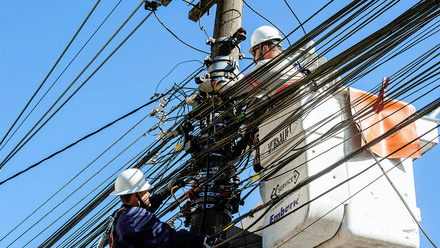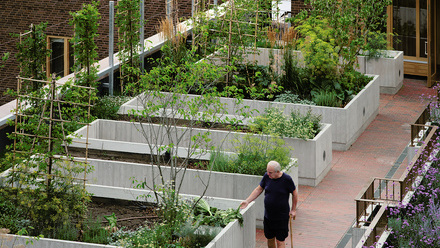Protecting workers everywhere
Health and safety management should be adapted to make sure remote and hybrid workers are protected, a safety expert has argued. The pandemic and lockdown restrictions saw many employees move away from traditional workplaces and switch to home-based set-ups instead. And many mobile workers who previously returned vehicles to a depot each day no longer have a hub where they can check-in with colleagues.
This means safety measures also need to change to ensure their physical and mental wellbeing are looked after.
In an article published on the RoSPA website, occupational health and safety consultant Bridget Leathley described how the shift to remote and hybrid working had brought new challenges. She said: “The move away from a fixed place to travel to each day provides greater flexibility, providing opportunities for employees to improve their work-life balance and employers to save money. However, many traditional safety controls rely on working together, supervision and centrally provided resources – without these, we need to rethink how we assess and manage risk.”
The article pointed to the importance of breaks for both screen users and drivers, as well as getting the set-up of their seating right. And it also highlighted the psychological issues that come with remote working.
It added: “Sending a job request on an app seems more efficient than a long chat about your weekend before being assigned a task, but those conversations were valuable. They were opportunities for managers to understand what else was happening, for workers to raise concerns, and for important messages to be passed on. When the depot manager explained how the latest safety bulletin applied to today’s job, it had more impact than the safety bulletin in an attachment to an email received on a phone.”






